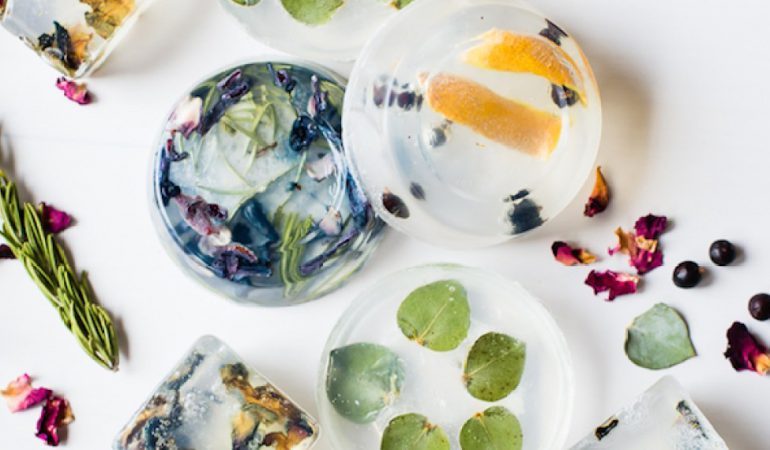Do it yourself! Homemade glycerin soap in 4 simple steps
Making a soap on your own isn’t at all tricky. All you need is a good glycerin base, a couple of ingredients and a touch of creativity. In turn you get an all-purpose, natural soap you can use or present to someone.
Soap making is an excellent opportunity for testing your DIY-cosmetics skills. It’s one of the easiest recipes. The rules for glycerin soap-making are clear and I’m sure you will all manage. After getting your own natural soap you are very likely to catch the bug and next time go for a tougher thing e.g. making a natural face cream.
How to: DIY glycerin soap
It’s one of the easiest DIY recipes since it’s based on three simple steps: preparing the glycerin base, adding ingredients and letting the components harden in molds. This way you receive a valuable, handmade glycerin soap. The key thing is you pick the right ingredients and create a lovely design so that your soap both works and looks amazing.
What do you need for making a soap?
- Readymade glycerin base.
- A bowl for melting and mixing the ingredients.
- A big mold or smaller molds.
- Natural or cosmetic colorants.
- Natural and essential oils.
- Extra components: algae, honey, herbs, dried flowers, etc.
DIY GLYCERIN SOAP RECIPE
1. Measure the base out
Firstly, you need to measure the glycerin base out and cut off the desired amount. What’s the easiest way? Use a knife – glycerin base is solid so you can easily portion it out.
2. Melt the base
Next, you need to melt the piece of glycerin base you’ve just cut off. To make this stage smoother, you can finely chop the base so it melts faster. How to melt glycerin base?
a. in a microwave
Put the glycerin base into a glass dish, cover it with a foil (not aluminum!) and heat in a microwave for 30 seconds. If the base doesn’t melt completely, heat it for 15 secs more. You must be careful not to overmelt your base because it may lose its color.
b. in a water bath
Put your base in a metal/glass bowl and put it on a pot with boiling water. Mix the base as long as it melts completely. Again, make sure you don’t overheat it because it will lose its properties.
3. Add extra ingredients
When the glycerin base is still warm, enrich it with the ingredients you like. What can you infuse into your homemade soap?
- Natural oils e.g. argan oil, coconut oil, jojoba oil, almond oil or vegetable butter such as shea, cocoa, mango. Thanks to them, your soap has a nourishing effect and balances your skin’s natural hydro-lipid mantle.
- Coloring agents e.g. mica, pearl pigments or natural coloring substances like spices (curcuma, hot pepper), spirulina (marinal algae), blended fruit (strawberries, raspberries), cocoa. They enrich your soap with a lovely color and nourishing properties.
- Natural essential oils e.g. lavender oil, rosemary oil, cedar oil, cinnamon oil, tea tree oil or rose oil. Not only do they give your natural soap a beautiful smell but also stimulate skin microcirculation.
- Activated charcoal powder (you can even crumble it up yourself – bigger particles act like a scrub) turns your soap into a detoxifying, cleansing black soap.
- Dried flowers or herbs (crumbled up or in a piece). Not only do they give all precious nutrients to the soap but also make it look lovely (particularly when you choose not to use any coloring agents).
- Other additional components e.g. antibacterial and nourishing honey, antiaging vitamin E, strongly-rejuvenating hyaluronic acid, soothing aloe gel, etc.
4. Mold the soap
Before you pour the soap into molds, you need to let it cool slightly. You can put some of the ingredients e.g. dried flowers or fruit slices after pouring the soap into molds to create some interesting designs. After a couple of hours, your natural soap will be ready for leaving the mold.
